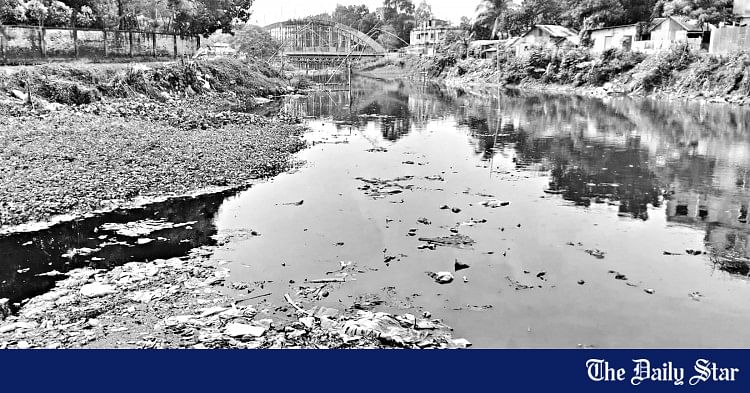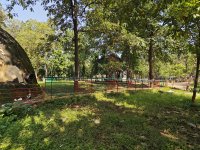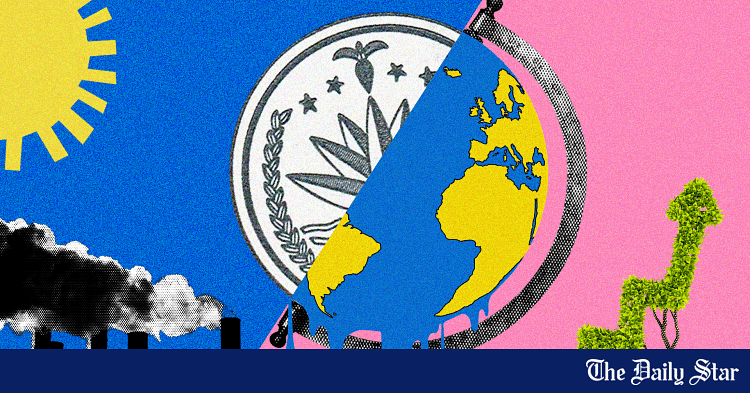- Copy to clipboard
- Thread starter
- #141
Saif
Senior Member
- Joined
- Jan 24, 2024
- Messages
- 15,397
- Reaction score
- 7,874
- Nation

- Residence

- Axis Group

Who is financing the project? The Indian government?Sadguru has a great mission. He wants to reestablish the flow of Kaveri which happened to be few decades ago. It is named as Kaveri calling. He has planned to plant 2430 million trees in Kaveri basin.




















